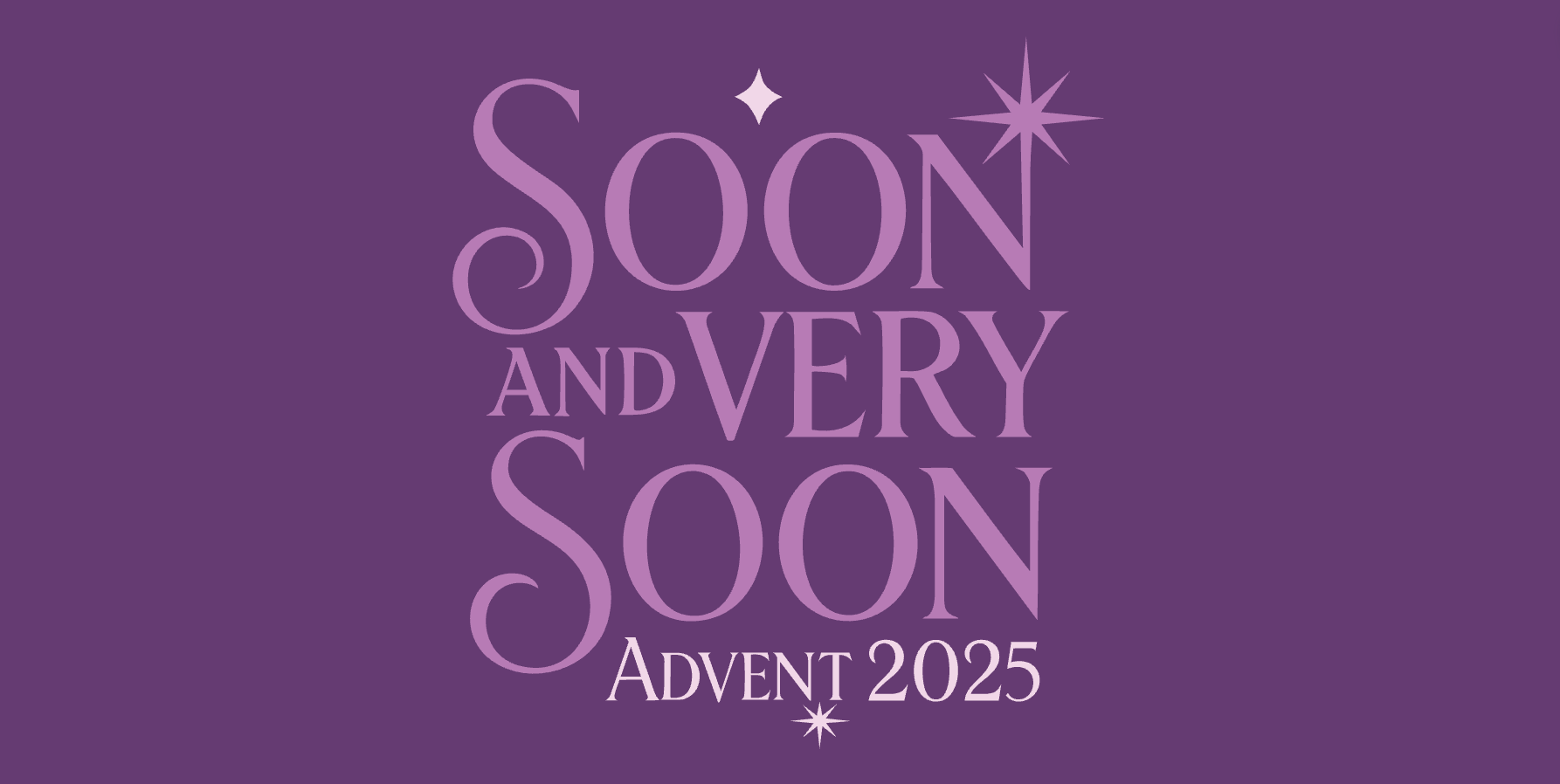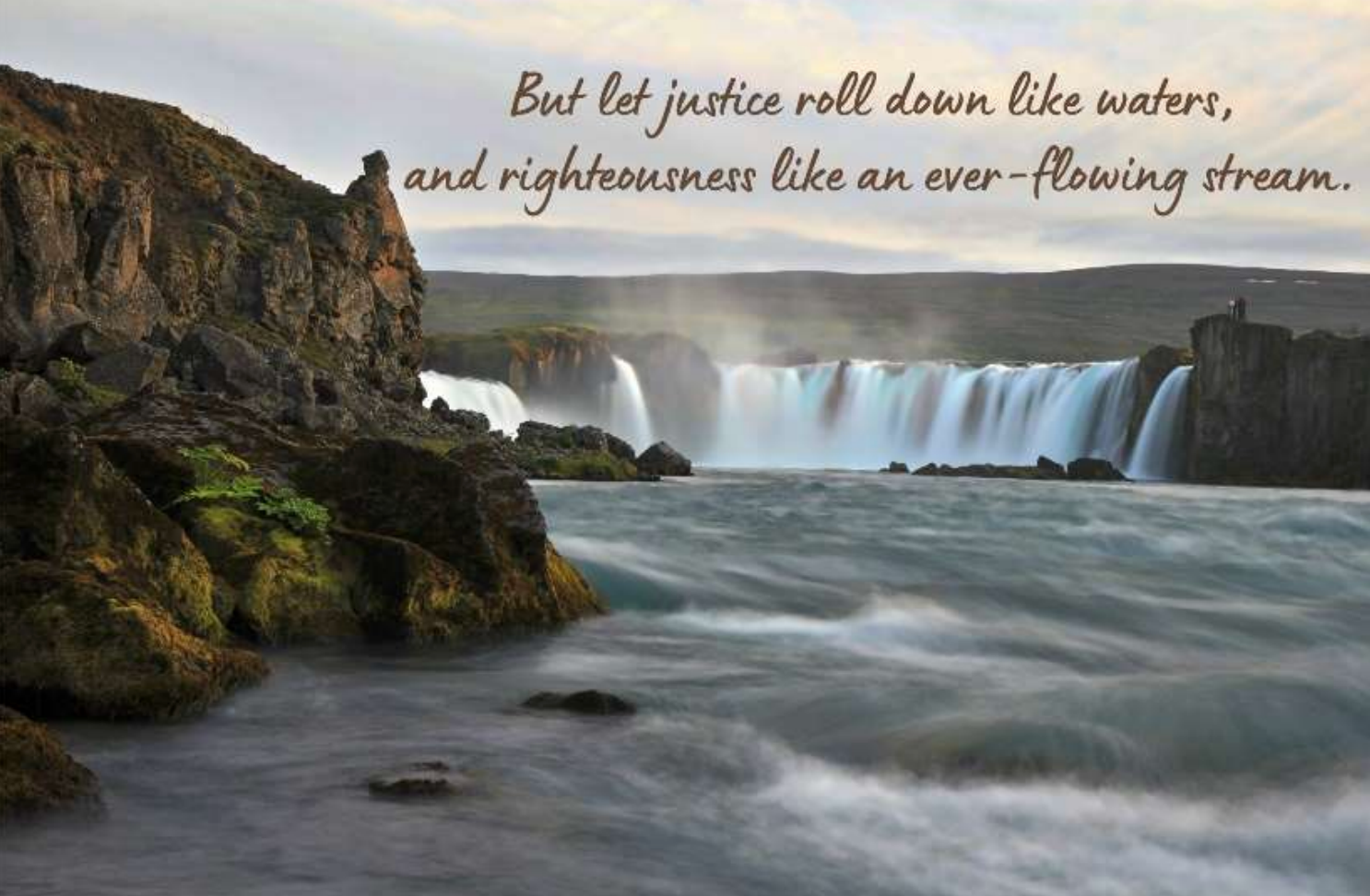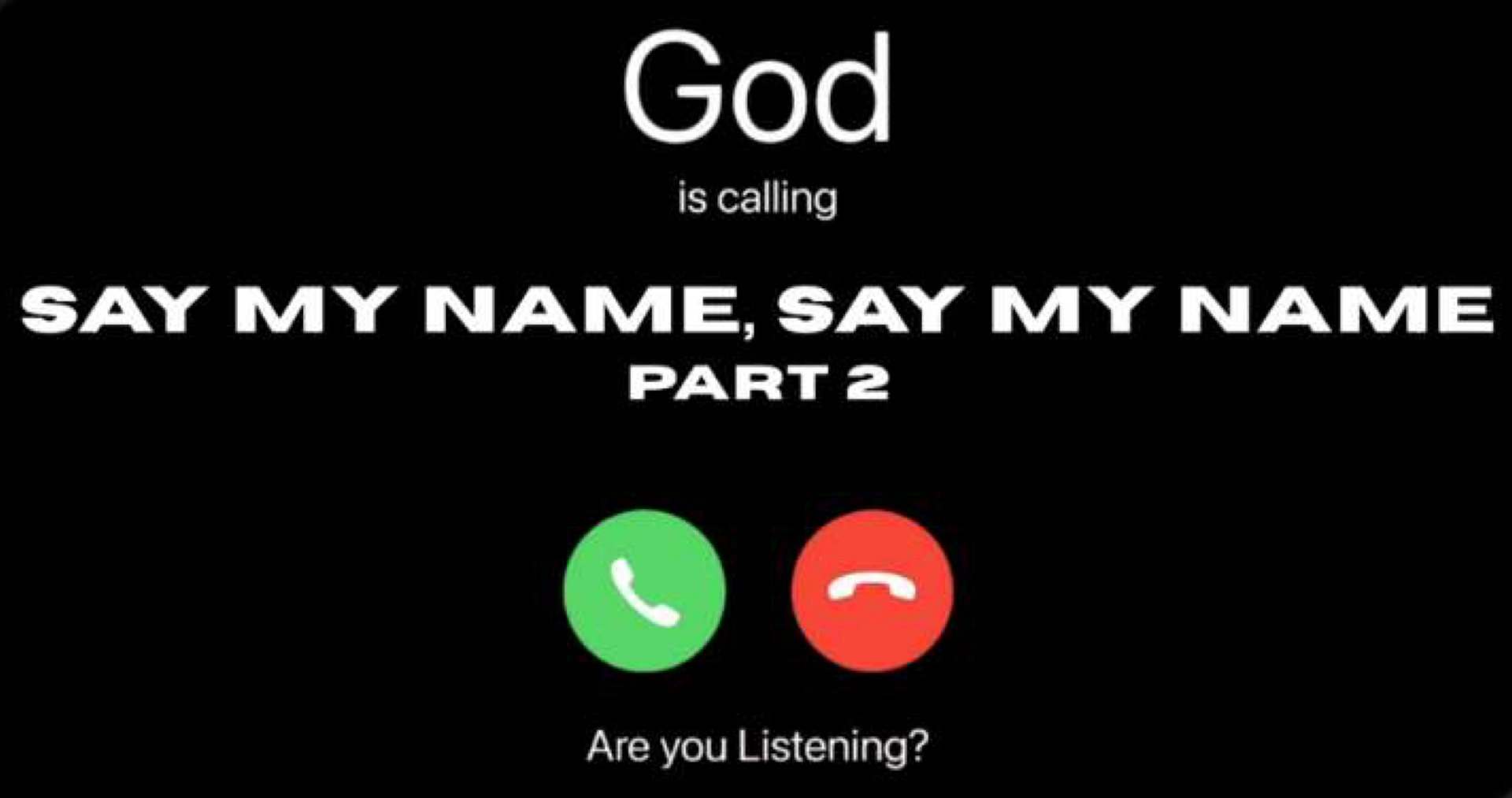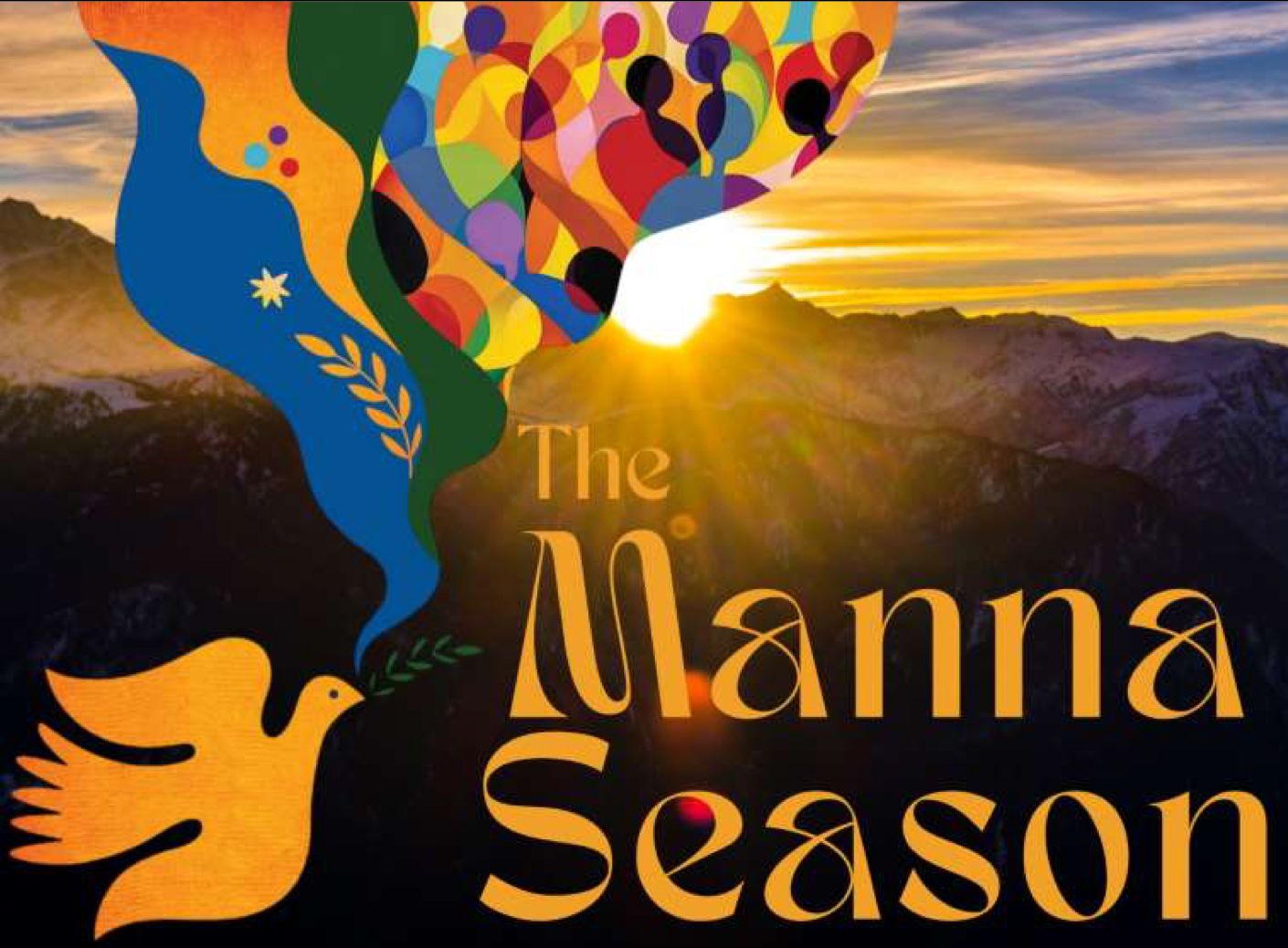Life After Foster Care
During a Faith in Action Bay Area meeting yesterday we were working on pin-pointing false narratives about unhoused people. Our goal was to find true stories that dispel those untrue statements. What are the false narratives about what happens after a youth becomes an adult and leaves the foster care system? In general, a youth has aged out of the system at 18 years old, but some states are extending it to 24 years in order to provide more support. People who do not want to pay for the foster care system might say, “The foster care/government system has supported children until they became adults. They should have the tools to become independent. They are on their own at 18.” Unfortunately, according to A Sense of Home , we know that 50% of people experiencing homelessness are former foster youth. The foster care system does not have the capacity to fully serve resources to the average of 566 children who enter the foster care system every day in the U.S. According to the June 2022 AFCARS Report , that’s 1 youth every 2.5 minutes. There is a disproportionate amount of houseless teens who identify as LGBTQ2SIA+. True Colors United says that they are 120% more likely to experience homelessness and are at risk for gender dysphoria and suicide. Working in the foster care system takes training, dedication to learning on-the-job, as well as compassion and problem-solving skills. The nation-wide worker shortage or rather workers’ unwillingness to work in unsupportive environments has also brought an uptick in workers striking in order to get their demands met. If workers are not properly trained and supported, they get emotional burn-out. How can we be the hands and feet of Jesus to help change this system?
Child protection services (CPS) workers do their best to not separate parents and children but offer child development and parenting classes, as well as interventions with social workers. It is stunning that the number one reason for CPS to separate a child from a parent is neglect. 63% of cases show that the parent is unable to provide basic needs and resources such as water, food, supervision, a clean environment and clothing, and access to hygiene. (June 2022 AFCARS, childwelfare.gov) If a parent or both parents have to work day and/or night jobs they need child supervision at home or school. Most public schools have after-school programs that act in partnership with working families to provide a safe place to complete homework, socially connect through activities such as cooking and swimming, as well as provide snacks and supper. If the after-school program is not subsidized then the working parent may not be able to pay for the care and the child stays home alone. This is not considered neglect if the home is safe and has basic resources available. Neglect is when an adult is not able to function, is physically or emotionally withdrawn, is absent from the home, and/or is in a state of addiction and does not call on a support network to step in and help with the basic needs and parenting.
Child welfare employees are trying to switch to investing their budgets into prevention to avoid having to remove a child from the home in the first place. This includes making resources accessible and affordable, such as laundry detergent, hygiene products like shampoo and conditioner, toothpaste and toothbrushes. They encourage neighbors to check in on one another, especially for new, younger parents, offering to help for 15 minutes to help with a sink full of dishes or maybe keeping a spare frozen lasagna in the freezer in case you see/hear a family stressing out about dinner.
When I was a young parent with less access to financial resources than today, I remember reading that a family is not considered under the poverty line if they can give their child a birthday party. That might be a false narrative. There were times when the birthday party was a cupcake and a card at dinner time. The money spent on those things was not extra savings. It cut into the dinner budget, so we had pasta and frozen peas. Families make sacrifices to acknowledge a celebration. Calvary volunteers have helped create birthday parties for children living at Raphael House, a home for temporarily unhoused families. This says to me that Raphael House provides basic resources, and volunteers can help with celebrations that require additional funds. Foster care families may be supporting multiple children and are stretched thin, so that each child might not get the resources, attention, or care that they need.
What can our community do to help foster care youth transition into adulthood with resources, networks, mentoring, food, and a safe place to live? Speak up when you hear people spreading false narratives like “Homeless people are drug addicts and too lazy to work.” They very well may have never had opportunities to get jobs or experience ‘normalcy’ since childhood or birth. Ask foster care agencies what they need, and then volunteer with them.
Make resources accessible to low-resourced folx, like Calvary’s hygiene kits for the Hope Center or snack bags for Raphael House. You don’t need to be part of an official organization in order to help! Our Calvary staff members have started providing hygiene kits and would go into homeless encampments and distribute them. For years, Calvary youth, senior adults, or staff have been creating hygiene kits to donate to a nonprofit. People at The Gubbio Project at St. John the Evangelist Episcopal Church in the Mission District also worked with a team of health professional to provide basic nail and wound care in encampments. You can make teenage/youth centric hygiene kits for foster care agencies every month and drop them off!
When faced with the question of whether or not to provide funding or cash to an agency. Think about the concept of General Basic Income (GBI) or Universal Basic Income (UBI). What if adults exiting the foster system received regular GBI funds? There is a false narrative that we should not give people cash, because they will waste it on entertainment or drugs. In Sacramento, Mayor Tubbs gave out no-strings-attached $500 to families. The data shows that families used the money for food, gas, bills, and other basic needs.
We encourage you to research this topic on your own and talk with people you normally wouldn’t approach. The Calvary Deacons and Rev. Victor Floyd did a night walk with San Francisco Night Ministry and were heartened by the invitation to notice and talk with unhoused people on the street instead of guardedly walk past them. Start asking around for opportunities to support unhoused people. Follow your spirit and open your heart to where you might go next.
Cover image: From the non-profit For Goodness Cakes
The post Life After Foster Care appeared first on Calvary Presbyterian Church, San Francisco.
